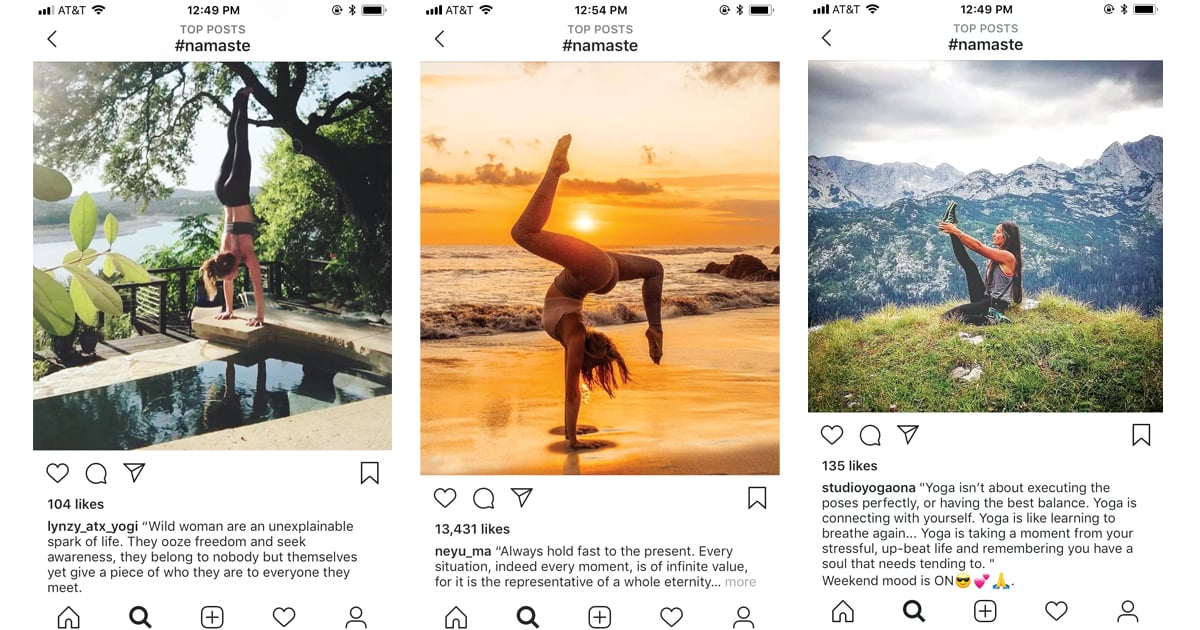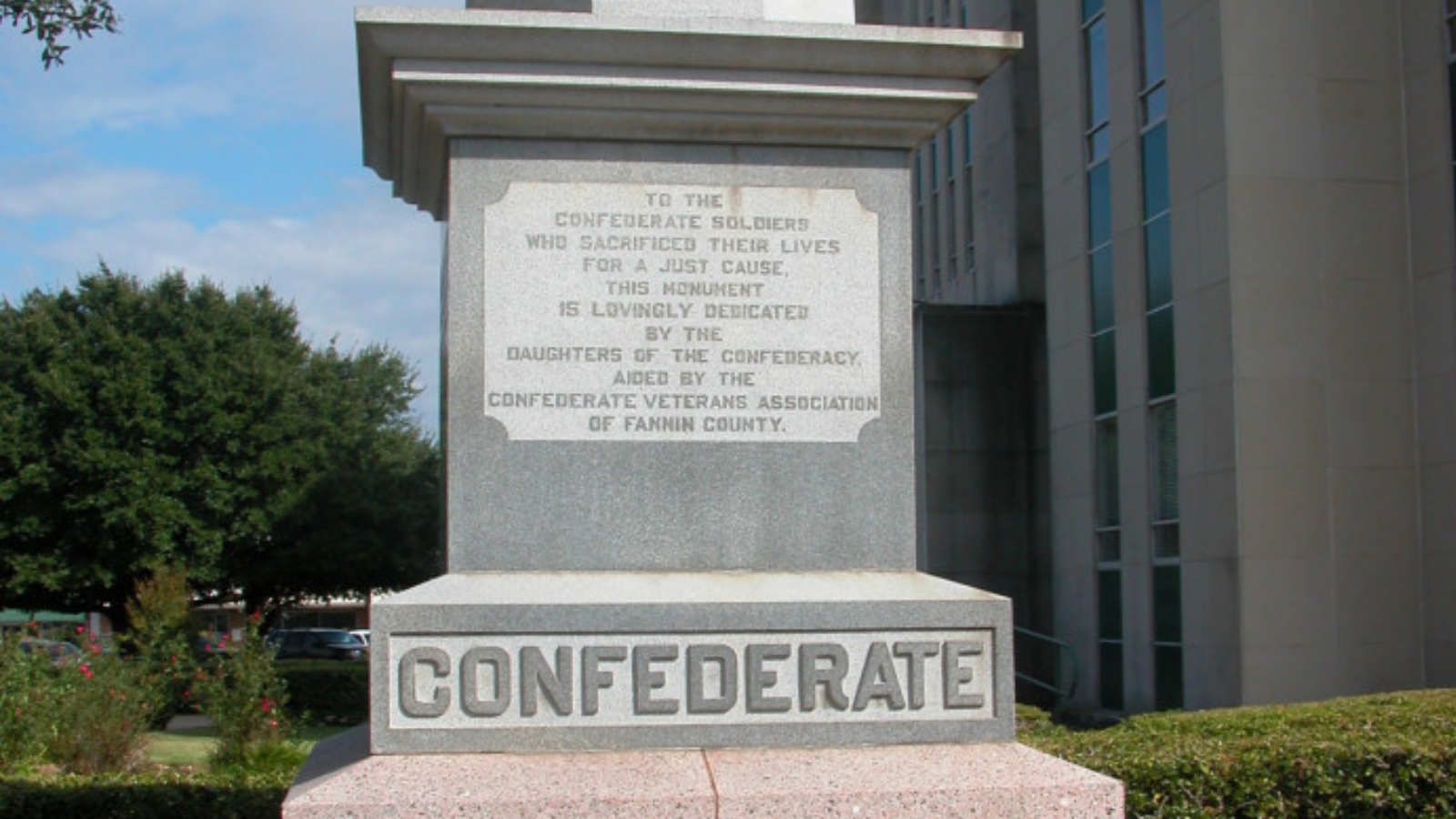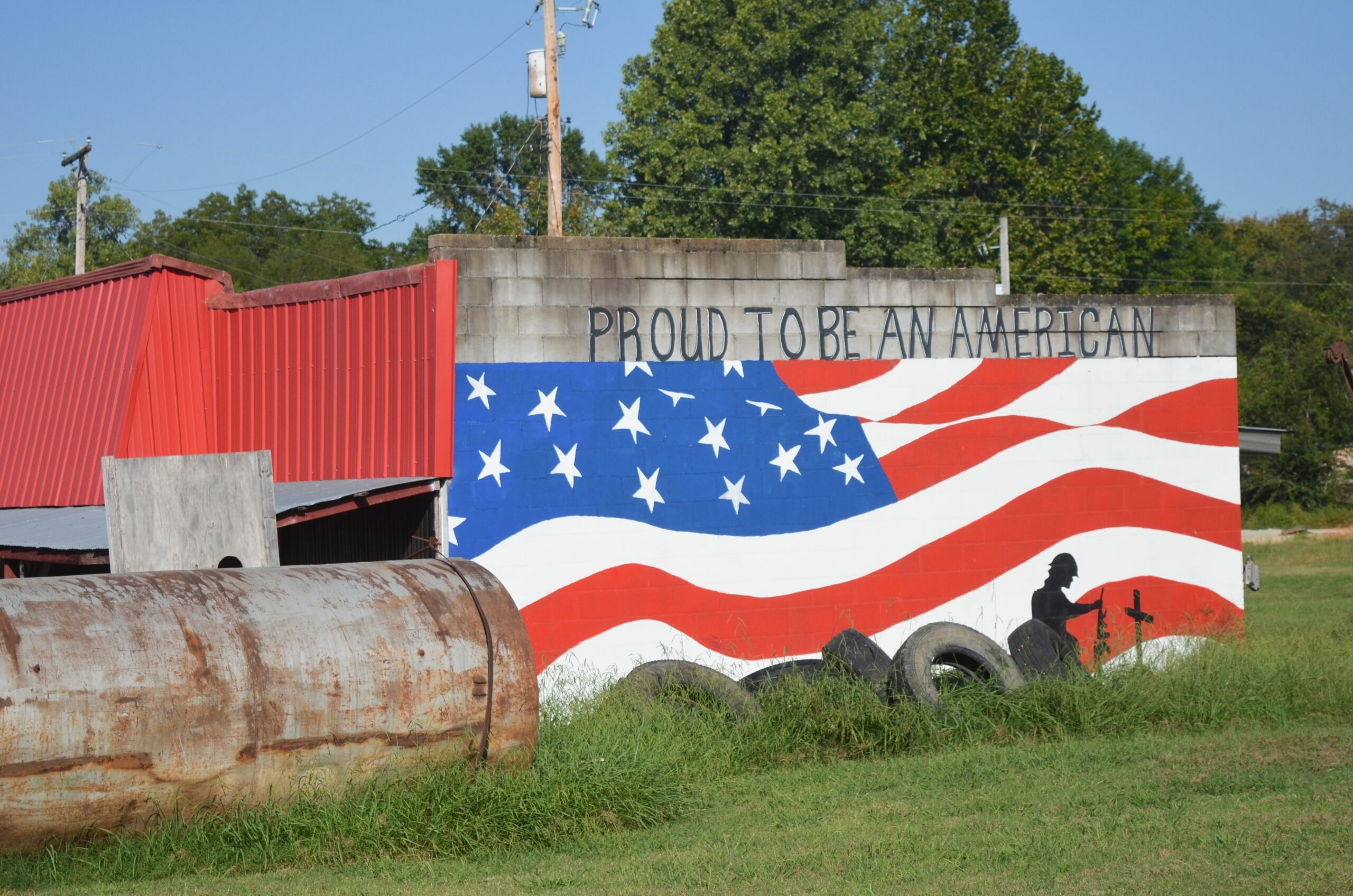
The Trouble with Yoga
Why yoga studios are the new country clubs.
It was a sunny Wednesday afternoon in south College Station when I arrived for yoga class, like I had on any other Wednesday for the past three years. After battling the rush-hour drive-thru Starbucks line to squeeze into a parking spot, I hurried past a new boutique next door. The display window featured a Buddha statue next to a Native American headdress, a yoga mat, a dream catcher and a hammock. Mentally bookmarking that bizarre collection of Orientalist-leisure artifacts as something to investigate later, I walked into the studio.
As I made my way down the cheerful teal hallway I knew and loved, the owner of the studio stepped in front of me, blocking my path. He said he’d received a complaint about me from Ashley, a fellow member I knew well. I had “attacked Ashley,” he said, when I spoke with her after class one day about the meaning of the word “namaste.” Stunned, I explained that it was only a casual chat. It ended with us hugging, after all. Ashley and I saw each other almost every day, and so I’d thought it was safe to share with her how I knew the word. She had used namaste in a pun on social media — “Namastay Together” — and so I opened up to her about how it felt to see and hear a word from India turned into a commercialized pun in the United States.
Ashley was hardly the first white “yogi” to use the word in a way I found off-putting. In the past I might have simply rolled my eyes at yet another gratuitous faux-spiritual namaste pun, but this time something felt different. She had posted a Facebook photo of herself and her blonde-haired, blue-eyed child with this pun as a caption in early 2017, as the Muslim travel ban went into effect. While my brown friends were posting about how they were being detained and harassed in airports, or asking for help finding their families who were missing, here was this white woman co-opting a language — one I no longer feel safe speaking in public — to perform self-congratulatory and deeply ignorant multiculturalism.
“There’s no such thing as racism in your case. You’re not black.”
I tried to explain to the owner, a middle-aged white man, why I had spoken with Ashley. Looking back, I don’t know why I bothered. This man had never even tried to learn how to pronounce my name. But I’m an educator, and I believed it was my civic duty to try to help him see the world from a different point of view. I attempted to use my research and my expertise to describe how racism affects people of color in the United States, and how yoga studios, which operate as what sociologists have described as white public spaces, are a prime example of this problem.
His response: “There’s no such thing as racism in your case. You’re not black.”
In the year since that episode, I’ve explored the gaslighting of racial discrimination that leads to claims like “That’s not racism.” Sociologists refer to the defensive emotions that deny racism as “white fragility.” Both the studio owner and Ashley exhibited symptoms of white fragility in the way they reacted to me, and it is important to remember that white fragility is white supremacy. Like a pyramid, the pinnacle of white supremacy includes explicit hate crimes and the alt-right, but the base, the largest, most foundational and often the most normalized components, rely on veiled racism, minimization and indifference. As sociologist Robin DiAngelo points out in her new book, White Fragility, it’s shocking for most people to realize that contrary to popular belief, it’s not the alt-right but rather the core of the yoga demographic, white progressives, who “cause the most daily damage to people of color.”
Nearly 37 million U.S. adults practice yoga. More than 70 percent are women and 85 percent identify as white. But it’s not just that yoga is an incredibly homogenous white female culture; it’s also an astoundingly upper-class culture. As of 2017, more than 40 percent of yoga practitioners earned over $75,000 a year, and 25 percent over $100,000 annually. In other words, yoga studios are the new country clubs. As the 21st-century version of exclusive and elitist recreational spaces, these studios are often located next to a coffee shop, health food store, juice bar or a lifestyle boutique that sells Orientalist curios.
Beyond their visibility as conspicuous and racialized wellness/leisure consumption, yoga studios have emerged in the United States as homogenous white spaces, which are in turn positioned as “safe spaces” for white women. Such ideas of safety, built around patriarchal notions of white women’s vulnerability and purity, rely on entrenched racialized ideas of what separates the public from the private, and often further marginalize women of color since we are rarely seen as worthy of safety or saving.
Nearly 37 million U.S. adults practice yoga. More than 70 percent are women and 85 percent identify as white.
Indeed, the discourse around white women’s involvement in activities like yoga, activities that are positioned as spiritual or empowering, exists within a long and ugly history of how white women carved out a space for themselves in public during the Jim Crow era. This history is inextricably tied to white women’s involvement in the KKK, the feminist-suffragette movement and the profoundly racist and Orientalist roots of U.S. forms of modern dance and now yoga. In 2018, yoga is simply the newest tool for white women to find and express their own social and political power in public at the cost of women of color.
In my work on yoga and racial justice, I’m often asked to comment on what commercial yoga studios can do better, or if there is a way for Americans to continue to do yoga without upholding white supremacy. Some studios now refrain from using namaste, om, or any other Sanskrit words in their practice — a tactic I support. And there are a small but growing number of voices, such as the group South Asian American Perspectives on Yoga, the Praxis Center at Kalamazoo College and former teacher Andi MacDonald, who are working to raise awareness on how to practice anti-racism in yoga spaces.
Still, the question should not be “How can I do what I want?” but “Why do I think I have a right to what I want?” Ultimately, until more whites, especially white women whose complicity in white supremacy remains the crucial lynchpin for its survival, can ask themselves with humility “What does it mean to be white?” there are no solutions. Like a virus, until we prevent white supremacy’s ability to reinvent itself, we will simply be left to confront the newest version at a later date.



